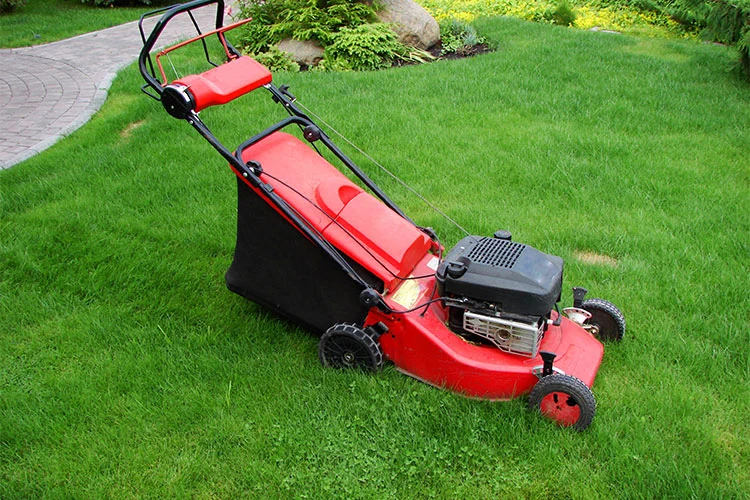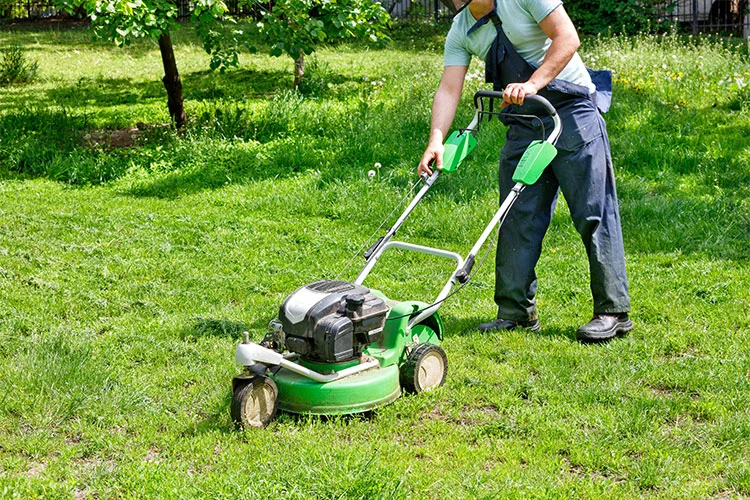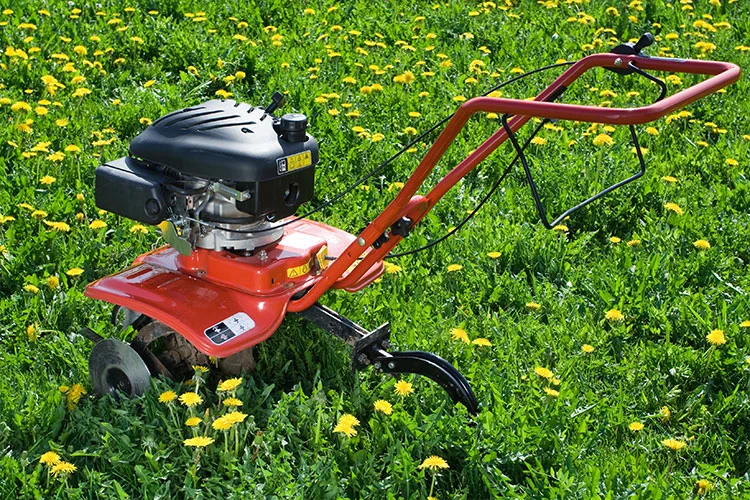NM Couplings: The Industrial Power Transmission Standard
In the world of mechanical power transmission, reliability, durability, and precision are non-negotiable. For decades, NM couplings have been the go-to solution for engineers and maintenance professionals seeking a robust and versatile method to connect rotating shafts. As a fundamental component in countless industrial applications, from conveyor systems and pumps to compressors and generators, the NM coupling's design prioritizes performance under demanding conditions. Its ability to accommodate minor misalignments while transmitting torque efficiently makes it an indispensable element in ensuring operational continuity and minimizing downtime. This guide provides a comprehensive overview of NM couplings, detailing their specifications, applications, and key considerations for selection and maintenance.
What is an NM Coupling?
An NM coupling, or Normalized Metric coupling, is a standardized flexible coupling designed to connect two shafts for the purpose of transmitting power. It typically consists of two flanged hubs, each attached to a shaft, and a central flexible element, often a single or multiple-piece spider made of an elastomeric material like polyurethane or NBR (Nitrile Butadiene Rubber). This "spider" is the heart of the coupling's flexibility, allowing it to absorb shock, dampen vibration, and compensate for three primary types of misalignment:
- Parallel Misalignment: When the two shafts are parallel but their centerlines are offset.
- Angular Misalignment: When the centerlines of the shafts intersect at an angle.
- Axial Misalignment: When the shafts move slightly towards or away from each other along their axis (end float).
The standardized dimensions, governed by metric specifications, ensure interchangeability and easy sourcing, making NM couplings a versatile and cost-effective choice for a wide range of industrial machinery.
Key Product Parameters and Specifications
Selecting the correct NM coupling for an application requires a thorough understanding of its key parameters. The following tables outline the standard specifications for a range of NM coupling sizes. These specifications are critical for ensuring the coupling can handle the operational demands of your system.
NM Coupling Standard Dimensions and Torque Ratings
| NM Size | Bore Diameter Range (d1/d2) mm | Outside Diameter (D) mm | Length (L) mm | Rated Torque (Tn) Nm | Max. Speed (RPM) |
|---|---|---|---|---|---|
| NM 35 | 9 - 18 | 73 | 70 | 22 | 8000 |
| NM 45 | 14 - 25 | 90 | 84 | 63 | 6700 |
| NM 55 | 18 - 35 | 105 | 98 | 125 | 5700 |
| NM 65 | 25 - 42 | 125 | 112 | 250 | 4800 |
| NM 80 | 30 - 55 | 145 | 130 | 500 | 4000 |
| NM 100 | 40 - 70 | 175 | 158 | 1000 | 3400 |
| NM 120 | 50 - 80 | 210 | 190 | 2000 | 2800 |
Spider (Elastomer Element) Hardness and Material Options
The spider element is available in different hardness grades (Shore A) and materials to suit various operational environments.
| Spider Color / Code | Material | Hardness (Shore A) | Application Characteristics |
|---|---|---|---|
| Black (Standard) | NBR (Nitrile Rubber) | 92 ± 5 | Good all-round resistance to oil, wear, and aging. Suitable for most general industrial applications. |
| Green | NBR (Nitrile Rubber) | 80 ± 5 | Softer element for higher flexibility, better vibration damping, and higher misalignment capacity. |
| Blue | Polyurethane | 95 ± 5 | High tensile strength and tear resistance. Excellent for high-torque applications and abrasive environments. |
| Red | NBR (Heat Resistant) | 92 ± 5 | Specially formulated for high-temperature environments (up to 120°C). |
Advantages of Using NM Couplings
- Zero Backlash: The compression fit of the elastomeric spider provides a backlash-free connection, essential for precision applications.
- Vibration Damping: The flexible element absorbs vibrations and shocks, protecting connected equipment like motors and gearboxes from damage.
- Electrical Insulation: The non-conductive spider electrically isolates the two shafts, preventing circulating currents that can damage bearings.
- Easy Installation and Maintenance: The simple two-piece hub and spider design allows for quick assembly and disassembly without moving the connected machinery. Spider replacement is fast and cost-effective.
- Cost-Effectiveness: Standardized manufacturing and widespread availability make NM couplings an economical choice.
- Misalignment Compensation: Effectively handles the inevitable misalignments found in real-world installations.
Frequently Asked Questions (FAQ) About NM Couplings
How do I select the correct NM coupling size for my application?
Selection is primarily based on two factors: the required torque and the shaft sizes. First, calculate the application's torque requirement, applying an appropriate service factor based on the operating conditions (e.g., steady load, moderate shock, heavy shock). Then, choose an NM size where the Rated Torque (Tn) is greater than your calculated value. Finally, ensure the chosen coupling can accommodate the diameters of both shafts you need to connect within its bore range.
What is the difference between an NM coupling and a jaw coupling?
NM couplings are a specific, standardized type of jaw coupling. The term "NM" refers to the metric dimensional standard it follows. Other jaw coupling standards exist (e.g., American SAE), but the fundamental operating principle—using an elastomeric spider between two metallic jaws—is the same. The NM standard is the most common in metric-based industries globally.
How often should the elastomer spider be replaced?
There is no fixed interval; spider life depends on operating conditions such as misalignment, torque, speed, and temperature. Regular visual inspections are recommended. Signs that a spider needs replacement include visible cracking, hardening, permanent deformation, or excessive wear. Proactive replacement during planned maintenance shutdowns is advisable to prevent unexpected failure.
Can NM couplings operate in high-temperature environments?
Standard NBR spiders are typically rated for continuous operation up to about 90°C. For higher temperatures (up to 120°C), special heat-resistant spiders (often colored red) are available. For temperatures beyond this, alternative coupling types with metallic flexible elements may be more suitable.
Is lubrication required for NM couplings?
No. One of the key benefits of NM couplings is that they are maintenance-free and require no lubrication. The hubs and the elastomeric spider operate dry. This eliminates contamination risks in sensitive environments like food and pharmaceutical processing.
What are the limitations of NM couplings?
While highly versatile, NM couplings have limitations. They are not suitable for extremely high-precision positioning systems due to minor torsional wind-up under load. They also have temperature limitations based on the spider material and may not be ideal for applications with very high levels of parallel misalignment, where a gear coupling might be better.
How much misalignment can an NM coupling accommodate?
The allowable misalignment varies by size and the hardness of the spider. As a general guideline, larger couplings with softer spiders (e.g., Shore 80A) can handle more misalignment. Typical values are up to 0.4mm for parallel misalignment, up to 1.5 degrees for angular misalignment, and up to ±0.5mm for axial displacement. Always consult the manufacturer's specifications for the exact values for your selected size.





